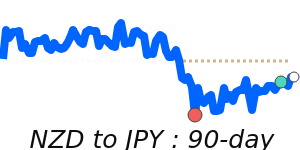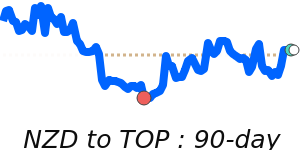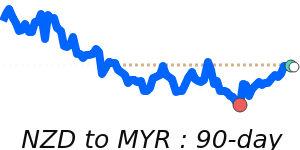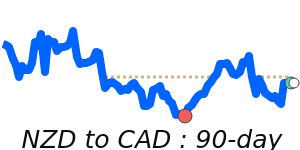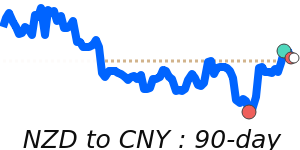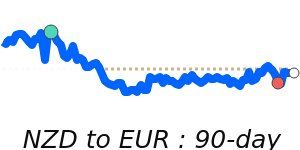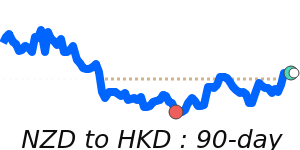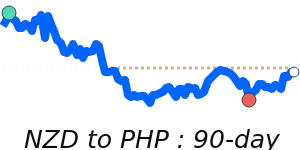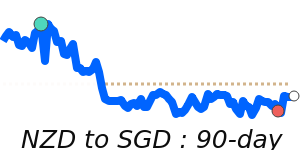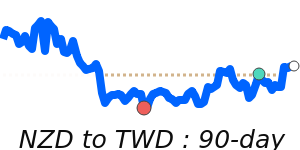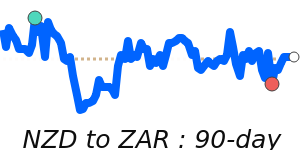The New Zealand dollar (NZD) has experienced a period of firming, recently reaching 60-day highs against the US dollar near 0.5816. This represents an increase of 1.1% above its three-month average of 0.5755. The positive market sentiment has played a substantial role in driving the NZD higher, underscoring its status as a risk-sensitive currency. Analysts note that the currency has maintained a stable trading range, fluctuating between 0.5590 and 0.5989 over the past three months.
The Reserve Bank of New Zealand (RBNZ) has recently made headlines with significant developments. New Governor Anna Breman has reiterated the importance of keeping inflation low and stable, aligning with the bank's primary mandate. The RBNZ’s decision to reduce the official cash rate by 25 basis points to 2.25% on November 26 indicates a clear signal that the monetary easing cycle has come to an end, unless there are drastic changes in economic conditions.
Moreover, New Zealand’s inflation rate has surged to 3.0% in Q3 2025, hitting the upper end of the RBNZ's target range. Driving factors behind this rise include increasing electricity prices, rent, and local government taxes. Such inflationary pressures may weigh on future monetary policy considerations.
In the foreign exchange market, the NZD has shown resilience against other currencies as well. It is currently trading at 0.4970 against the Euro, just 0.5% above its three-month average of 0.4943, while maintaining a stable range between 0.4850 and 0.5094. against the British pound, at levels around 0.4346, the NZD is also positioned at a 30-day high, slightly above its average. The NZD to JPY exchange rate stands at 90.53, indicating a notable 3.3% increase compared to its three-month average, with stable trading observed between 85.55 and 90.70.
Collectively, these developments suggest that while the NZD is benefiting from a favorable sentiment in the market, ongoing attention must be paid to inflation dynamics and the central bank's policy responses, as these will influence future currency movements.



